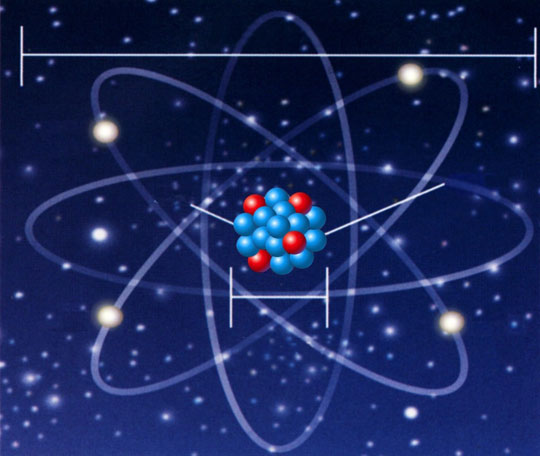By firing a high-intensity ultraviolet laser pulse into an atom, scientists have for the first time observed the real-time motion of an outermost electron of an atom.

Atom. (Artwork - internet)
That is the study of scientists from the University of California (USA), Max Planck Quantum Optical Research Institute (Germany) and Lawrence Berkeley National Laboratory of the US Department of Energy.
The scientists conducted an increase in high-intensity ultraviolet laser pulses into a krypton atom in less than four femtoseconds (a femtosecond is a trillionth of a second).
Then it takes only about 150 attoseconds (one millionth of a billionth of a second) scientists have observed and captured the motion of the outermost electron of the krypton atom.
The study showed that after increasing the high-intensity ultraviolet laser pulse, the outermost electron of the krypton atom was released and left an atom with the outer shell having a positively charged hole.
According to scientists, the study is important to help scientists promote the development of high-speed electronics through effective control of some processes.
In addition, the study also opens a new door to help scientists explore basic physical processes with faster time and larger scale.
 Vietnam 5th Asian champion on fuel-efficient vehicles
Vietnam 5th Asian champion on fuel-efficient vehicles We can read all NASA studies completely free of charge
We can read all NASA studies completely free of charge Singer and songwriter Bob Dylan won the 2016 Nobel Prize for Literature
Singer and songwriter Bob Dylan won the 2016 Nobel Prize for Literature Scientific revolution in Asia
Scientific revolution in Asia